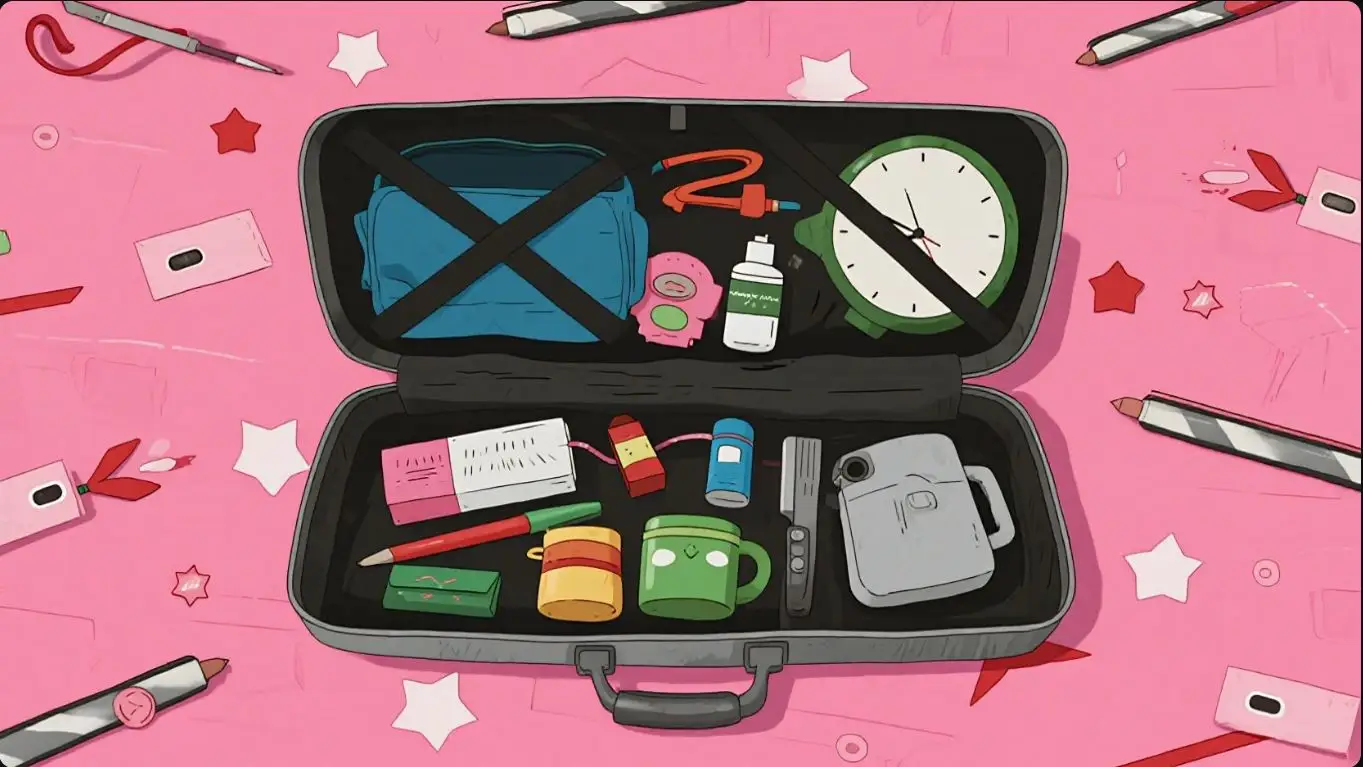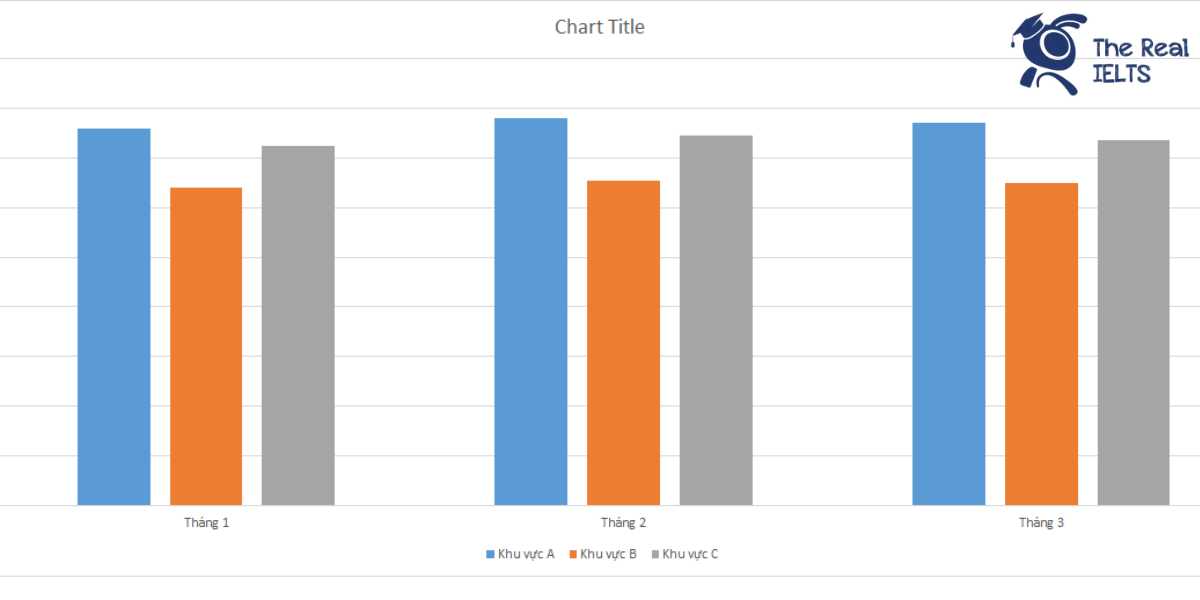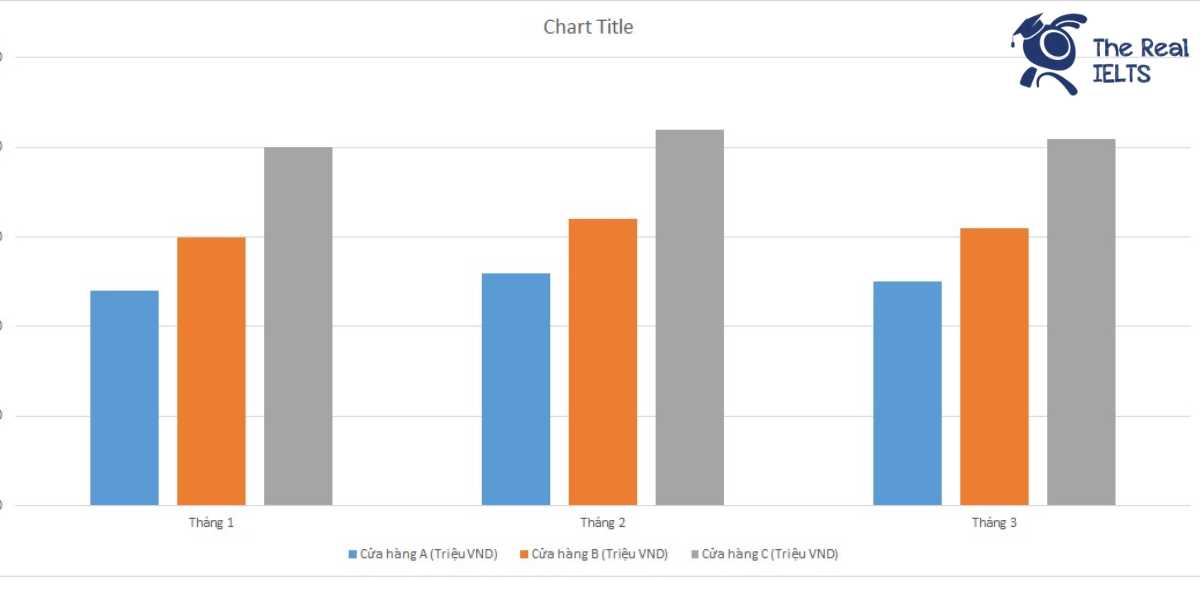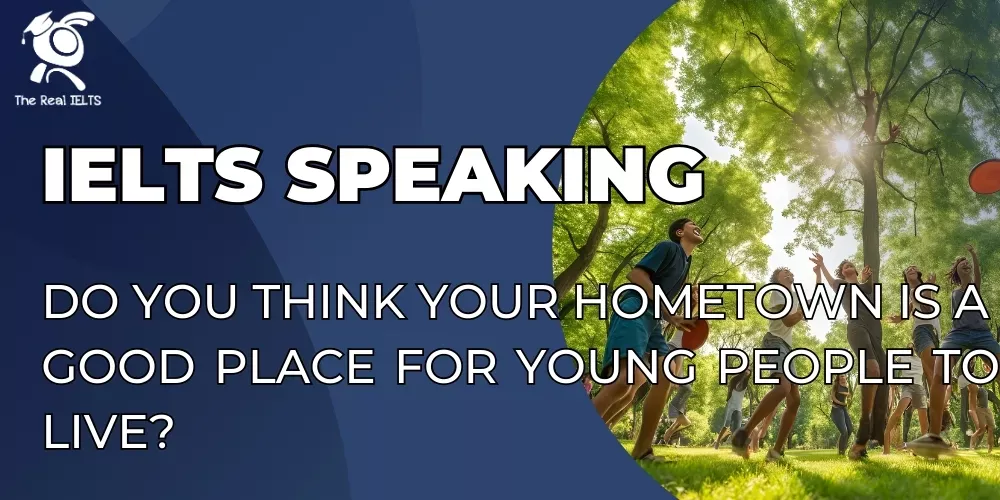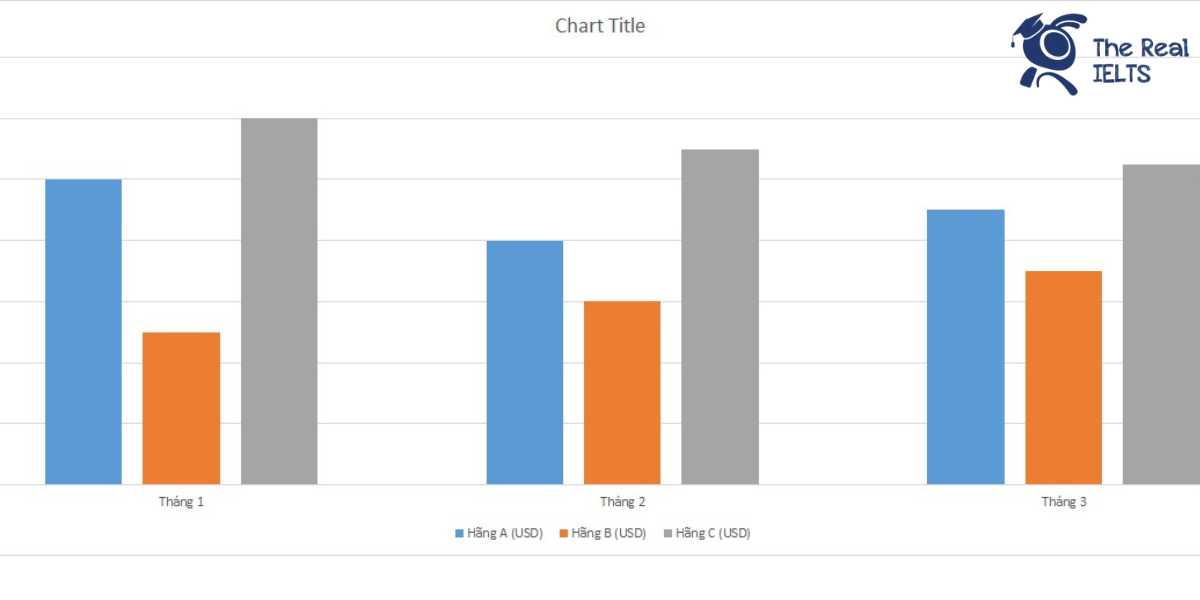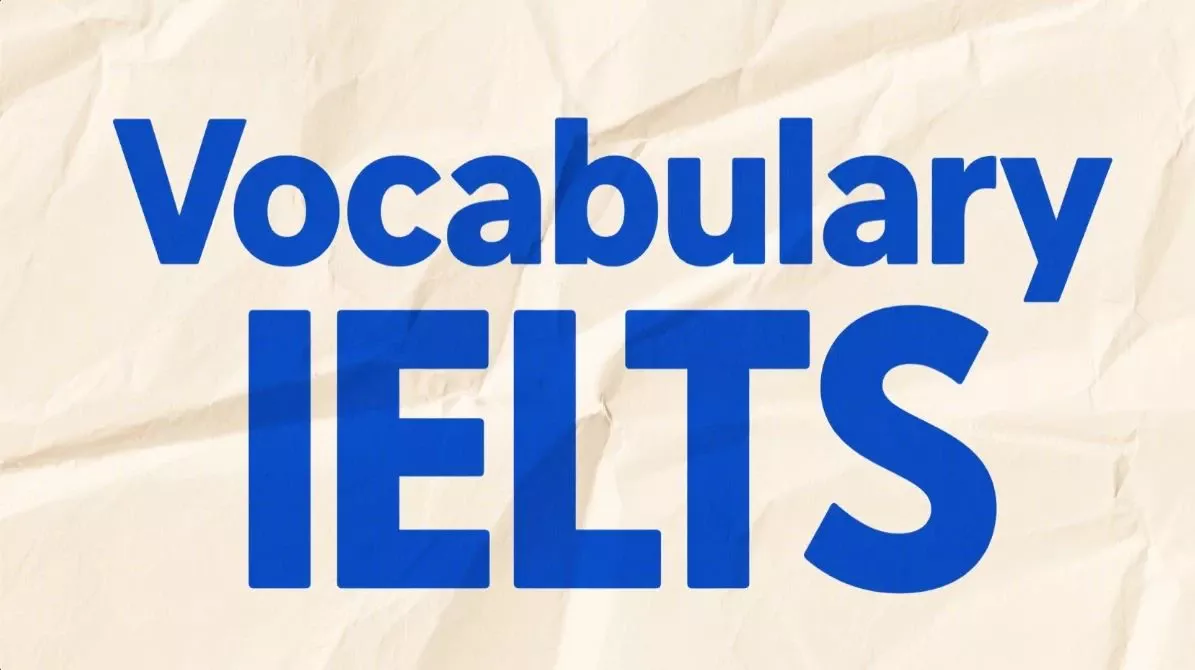Đề thi IELTS Reading có tiêu đề “The Environmental Impact of Plastic Waste”
Nhớ đọc thêm các bài luyện thi IELTS nhé.
IELTS Reading:”The Environmental Impact of Plastic Waste“
The Environmental Impact of Plastic Waste
Plastic waste is one of the most pervasive and persistent pollutants impacting the environment today. Over the past century, plastic has become an integral part of modern life due to its versatility, durability, and low cost. However, these very properties have also made plastic a significant environmental challenge, as it accumulates in the natural environment at an alarming rate, with far-reaching and often devastating consequences.
One of the primary environmental impacts of plastic waste is its contribution to the pollution of marine ecosystems. Oceans, which cover more than 70% of the Earth’s surface, have become the final resting place for millions of tons of plastic waste each year. This plastic originates from a variety of sources, including discarded fishing gear, plastic packaging, and microplastics—the tiny fragments that result from the breakdown of larger plastic items.
Once in the ocean, plastic can persist for hundreds to thousands of years, posing a threat to marine life. Sea turtles, for example, often mistake plastic bags for jellyfish, a primary food source, leading to ingestion that can block their digestive systems and result in death. Similarly, seabirds are known to ingest plastic debris, mistaking it for food, which can lead to malnutrition, poisoning, and fatal internal injuries.
The impact of plastic waste is not limited to marine life. Terrestrial ecosystems are also affected, particularly in areas where waste management practices are inadequate. In many developing countries, plastic waste is often burned in open pits, releasing toxic fumes and contributing to air pollution. These emissions contain harmful chemicals, such as dioxins and furans, which are known to have serious health implications for humans and wildlife alike. Furthermore, plastic waste can clog waterways, leading to flooding and the disruption of natural habitats. In agricultural areas, plastic debris can accumulate in the soil, impairing its quality and potentially entering the food chain when animals ingest it.
A less visible but equally concerning issue is the presence of microplastics in the environment. These tiny particles, often less than 5 millimeters in size, are now found in virtually every corner of the globe, from the deepest ocean trenches to remote mountain peaks. Microplastics originate from a variety of sources, including the breakdown of larger plastic items, synthetic fibers from clothing, and even personal care products such as exfoliating scrubs.
Once in the environment, microplastics are easily ingested by a wide range of organisms, from plankton to large mammals. This not only poses a direct threat to these species but also has the potential to disrupt entire ecosystems by altering the availability of food and the balance of species.
The human health implications of plastic waste are becoming increasingly apparent as well. Studies have shown that microplastics are now present in a wide range of food and beverages, including seafood, honey, and even drinking water. While the long-term health effects of ingesting microplastics are still being studied, there is growing concern about the potential for these particles to carry harmful chemicals into the human body. Some plastics contain additives such as bisphenol A (BPA) and phthalates, which are known to be endocrine disruptors and have been linked to a range of health issues, including reproductive problems, developmental delays, and cancer.
Addressing the environmental impact of plastic waste requires a multifaceted approach. Reducing the production and consumption of single-use plastics is a critical first step. Many countries and cities have already implemented bans or taxes on plastic bags, straws, and other disposable items, encouraging consumers to switch to more sustainable alternatives. Additionally, improving waste management infrastructure, particularly in developing regions, is essential to prevent plastic from entering the environment in the first place. Recycling programs must also be expanded and made more efficient to ensure that more plastic is recovered and reused rather than discarded.
Innovation also plays a key role in tackling plastic waste. Biodegradable plastics, made from natural materials such as cornstarch or algae, offer a promising alternative to traditional plastics. These materials are designed to break down more quickly in the environment, reducing the long-term impact of plastic waste. However, it is important to ensure that these biodegradable options do not simply shift the problem elsewhere, for example, by requiring large amounts of land and water for their production or by releasing harmful substances as they degrade.
Public awareness and education are also vital components of the solution. Many people are still unaware of the full extent of the plastic waste problem and the steps they can take to reduce their own plastic footprint. Campaigns that highlight the environmental impact of plastic and promote sustainable alternatives can help to change consumer behavior and create a demand for more eco-friendly products.
In conclusion, the environmental impact of plastic waste is a complex and pressing issue that affects ecosystems, wildlife, and human health on a global scale. While significant challenges remain, there are also many opportunities for innovation and positive change. By reducing plastic consumption, improving waste management, and promoting sustainable alternatives, it is possible to mitigate the environmental impact of plastic waste and protect the planet for future generations.
Đề bài thi IELTS Reading
Multiple Choice (Trắc nghiệm)
- What is one of the main reasons plastic waste is so problematic for the environment?
- A) It is too expensive to manage.
- B) It breaks down quickly.
- C) It accumulates in nature.
- D) It is not widely used.
- What is the primary source of plastic waste found in the oceans?
- A) Household garbage.
- B) Discarded fishing gear.
- C) Industrial waste.
- D) Agricultural products.
- Which marine animals are mentioned as being directly harmed by plastic waste?
- A) Whales and dolphins.
- B) Sea turtles and seabirds.
- C) Sharks and rays.
- D) Fish and coral.
- How does plastic waste primarily affect terrestrial ecosystems?
- A) By causing soil erosion.
- B) By attracting more wildlife.
- C) By clogging waterways and polluting air.
- D) By increasing crop yields.
- What is a significant concern regarding microplastics in the environment?
- A) They are easily visible and avoidable.
- B) They degrade quickly and harmlessly.
- C) They are ingested by a wide range of organisms.
- D) They improve the quality of water.
- What is the potential human health risk associated with microplastics?
- A) They can improve the immune system.
- B) They may carry harmful chemicals into the body.
- C) They help in digestion.
- D) They cause immediate poisoning.
- What is the first step suggested to reduce the environmental impact of plastic waste?
- A) Increase plastic production.
- B) Ban all plastic products.
- C) Reduce the production and consumption of single-use plastics.
- D) Encourage the use of more plastic bags.
- What role does innovation play in addressing plastic waste?
- A) It makes plastic more durable.
- B) It encourages more plastic use.
- C) It develops biodegradable plastics.
- D) It discourages recycling.
- What is a potential drawback of biodegradable plastics?
- A) They never degrade.
- B) They release more toxins than traditional plastics.
- C) They might require large amounts of land and water.
- D) They are more harmful to marine life.
- What is a key method to change consumer behavior regarding plastic use?
- A) Increase plastic production.
- B) Launch public awareness campaigns.
- C) Reduce the availability of information on plastic pollution.
- D) Ban all educational programs.
True/False/Not Given (Đúng/Sai/Không Được Đề Cập)
- Plastic is cheap and durable, which makes it less of an environmental problem.
- True
- False
- Not Given
- Marine ecosystems are the most affected by plastic waste.
- True
- False
- Not Given
- All countries have effective waste management systems to handle plastic waste.
- True
- False
- Not Given
- Plastic waste never reaches terrestrial ecosystems.
- True
- False
- Not Given
- Microplastics are too small to be ingested by marine animals.
- True
- False
- Not Given
- Human health is unaffected by the ingestion of microplastics.
- True
- False
- Not Given
- Biodegradable plastics have no negative impact on the environment.
- True
- False
- Not Given
- Public awareness campaigns are one of the solutions to the plastic waste problem.
- True
- False
- Not Given
Yes/No/Not Given (Có/Không/Không Được Đề Cập)
- The author believes that reducing plastic consumption is crucial to addressing plastic waste.
- Yes
- No
- Not Given
- The author suggests that recycling is the only solution to plastic waste.
- Yes
- No
- Not Given
- The author argues that biodegradable plastics are a perfect solution to plastic pollution.
- Yes
- No
- Not Given
- The author thinks that public education can lead to more responsible plastic use.
- Yes
- No
- Not Given
Matching Information (Nối Thông Tin)
- Match the following impacts with the corresponding environments mentioned in the text:
- A) Marine ecosystems
- B) Terrestrial ecosystems
- C) Human health
Matching Headings (Nối Tiêu Đề Với Đoạn Văn)
- Match the headings with the correct sections of the text:
- A) The Global Spread of Microplastics
- B) The Role of Innovation in Solving Plastic Waste
- C) Marine Life at Risk
- D) Health Concerns for Humans
- Which heading best describes the section discussing the harm to sea turtles and seabirds?
- A) The Global Spread of Microplastics
- B) The Role of Innovation in Solving Plastic Waste
- C) Marine Life at Risk
- D) Health Concerns for Humans
- Which heading best describes the section discussing potential solutions to plastic waste?
- A) The Global Spread of Microplastics
- B) The Role of Innovation in Solving Plastic Waste
- C) Marine Life at Risk
- D) Health Concerns for Humans
Matching Features (Nối Đặc Điểm)
- Match the following descriptions with the corresponding terms:
- A) Biodegradable plastics
- B) Microplastics
- C) Single-use plastics
Matching Sentence Endings (Nối Phần Kết Câu)
- Complete the sentences by matching the beginning with the correct ending:
- The impact of plastic on marine life includes…
- A possible drawback of biodegradable plastics is…
- The presence of microplastics in food and beverages has led to concerns about…
- A) their potential health effects on humans.
- B) the blockage of digestive systems.
- C) the large amount of land required for production.
Sentence Completion (Hoàn Thành Câu)
- The text states that microplastics can be found in ___________.
- Plastic waste is especially harmful to marine life because it ___________.
- One of the proposed solutions to reduce plastic waste is to improve ___________.
- Biodegradable plastics are designed to ___________ more quickly in the environment.
Summary Completion (Hoàn Thành Tóm Tắt)
- Fill in the blanks to complete the summary:
Plastic waste has significant environmental impacts, particularly on marine and terrestrial ecosystems. Marine life such as sea turtles and seabirds are directly affected by ___________ plastic debris. On land, plastic waste can clog ___________, leading to environmental disruption. Microplastics, which are small particles resulting from the breakdown of larger plastic items, are also a concern because they can be ___________ by various organisms, potentially entering the food chain.
Short Answer Questions (Câu Hỏi Trả Lời Ngắn)
- What is one of the main characteristics of plastic that makes it environmentally problematic?
- Which animals are mentioned as being harmed by ingesting plastic?
- What can happen to soil quality when plastic accumulates in terrestrial ecosystems?
- How are microplastics formed?
- What health risks are associated with the ingestion of microplastics?
- Name one method suggested to reduce plastic consumption.
- What is a potential issue with the production of biodegradable plastics?
Đáp án bài thi IELTS Reading
Multiple Choice (Trắc nghiệm)
- C) It accumulates in nature.
- B) Discarded fishing gear.
- B) Sea turtles and seabirds.
- C) By clogging waterways and polluting air.
- C) They are ingested by a wide range of organisms.
- B) They may carry harmful chemicals into the body.
- C) Reduce the production and consumption of single-use plastics.
- C) It develops biodegradable plastics.
- C) They might require large amounts of land and water.
- B) Launch public awareness campaigns.
True/False/Not Given (Đúng/Sai/Không Được Đề Cập)
- False (Plastic is durable, but this makes it more of an environmental problem, not less).
- True (Marine ecosystems are highlighted as being particularly affected).
- False (Not all countries have effective waste management systems).
- False (Plastic waste also affects terrestrial ecosystems).
- False (Microplastics are small enough to be ingested by marine animals).
- False (There are potential health risks from microplastics).
- False (Biodegradable plastics may have environmental drawbacks).
- True (Public awareness campaigns are mentioned as a solution).
Yes/No/Not Given (Có/Không/Không Được Đề Cập)
- Yes (The author emphasizes the importance of reducing plastic consumption).
- No (Recycling is not presented as the only solution).
- No (The author mentions potential drawbacks of biodegradable plastics).
- Yes (The author suggests that public education can lead to more responsible plastic use).
Matching Information (Nối Thông Tin)
- i. A) Marine ecosystems
- ii. B) Terrestrial ecosystems
- iii. C) Human health
Matching Headings (Nối Tiêu Đề Với Đoạn Văn)
- Section discussing sea turtles and seabirds: C) Marine Life at Risk
- Section discussing potential solutions to plastic waste: B) The Role of Innovation in Solving Plastic Waste
- C) Marine Life at Risk
- B) The Role of Innovation in Solving Plastic Waste
Matching Features (Nối Đặc Điểm)
- i. B) Microplastics
- ii. A) Biodegradable plastics
- iii. C) Single-use plastics
Matching Sentence Endings (Nối Phần Kết Câu)
- The impact of plastic on marine life includes… B) the blockage of digestive systems.
- A possible drawback of biodegradable plastics is… C) the large amount of land required for production.
- The presence of microplastics in food and beverages has led to concerns about… A) their potential health effects on humans.
Sentence Completion (Hoàn Thành Câu)
- food and water.
- can be ingested by marine animals, causing physical harm.
- waste management systems.
- degrade.
Summary Completion (Hoàn Thành Tóm Tắt)
- ingesting
- waterways
- ingested
Short Answer Questions (Câu Hỏi Trả Lời Ngắn)
- Plastic is durable and accumulates in the environment.
- Sea turtles and seabirds.
- Plastic waste can clog waterways and pollute the soil.
- From the breakdown of larger plastic items.
- The potential for harmful chemicals to enter the human body.
- Reducing the production and consumption of single-use plastics.
- They might require large amounts of land and water for production.
Luyện tập bài khác ở bài viết:”100 bài luyện IELTS Reading 2024 – 2025“



